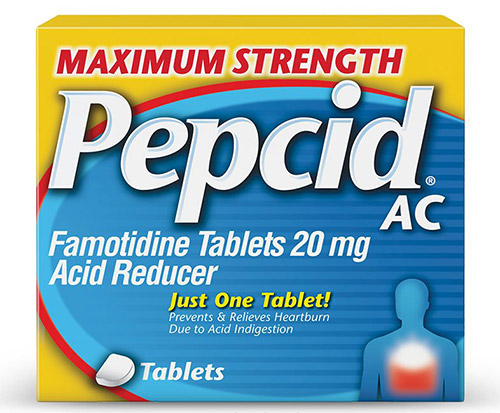Hives (Urticaria)
What Would You Like to Know About?
Overview
Symptoms
After exposure to a trigger, hives can occur within minutes, or sometimes in a delayed reaction in hours. The trigger causes histamine release, inflammation, and the resulting symptoms. This leads to red, swollen, itchy bumps on any part of the body. Individuals spots can last 30 minutes to hours, and are extremely itchy. Some episodes resolve within 24-48 hours. During an episode of hives people can develop dermatographism, a phenomenon in which scratching causes itchy welts in the pattern of the scratch.
If hives involve the face or tongue, the condition is called angioedema, which can sometimes compromise breathing. Anaphylaxis is a severe allergic reaction which can present with hives along with nausea, vomiting, difficulty breathing & shock. If any of these symptoms arise, seek immediate medical attention as this can be life threatening.
Cause
Urticaria arises as a reaction to something ingested, to a contact, or even to a physical trigger such as a temperature change or vibration of the skin. Hives are encountered more commonly in individuals with a history of eczema, allergies or asthma. Some of the many causes of hives are listed below. It is not uncommon, however, for hives to have no known identifiable environmental cause.
- Medications. Especially antibiotics. Most common cause of urticaria.
- Any infections, including viral (such as the common cold), bacterial and fungal infections
- Foods: Shellfish, fresh berries, milk, eggs, peanuts, tree nuts, tomatoes.
- Insect bites and stings.
- Animals.
- Pollen.
- Touching something to which you are allergic, such as latex.
- Allergy shots.
- Some autoimmune illnesses, such as vasculitis, lupus, and thyroid disease.
- Exposure to sun, heat, cold, or water.
- Exercise.
- Stress.
- Pressure on the skin, such as from sitting too long.
- Contact with chemicals.
- Scratching the skin.
Treatment
If you have any swelling in your throat or around your mouth, call 911 to go immediately to an emergency room, especially if you have any shortness of breath.
OTC treatment options utilize antihistamines, many of which were formerly only available by prescription in the U.S. Dermatologists often recommend these over the counter options as first line treatment for urticaria, albeit in higher doses than on the package label. When over the counter treatments do not sufficiently treat urticaria, sometimes systemic steroids, immunosuppressive treatments or injectable biologic treatments may be prescribed.
OTC Treatment Options
OTC Recommendations
Antihistamine (H1)

Zyrtec
- Xyzal (levocetirizine)
- Claritin (loratidine)
- Allegra (fexofenadine)
- Benadryl (dephenhydramine)
Topical Calming Agent

Sarna Anti-Itch Lotion Original
(camphor & menthol)
- Gold Bond Anti-Itch Cream (menthol & pramoxine)
- Cerave Itch Relief Moisturizing Cream (pramoxine)
Instructions
AM & PM Adults and children aged 2 years and older: apply topical agents such as Sarna Anti-Itch Lotion to affected area up to 3-4 times per day as needed.
PM Take one Zyrtec (cetirizine 10 mg) or other H1 antihistamine nightly. Optional: Add an additional H2 antihistamine if necessary. See tips below.
OTC Tips
Start with Cetirizine. It is generally a non-drowsy medication, but can be sedating for some people. For this reason, start at night time. If cetirizine does not provide adequate relief, next try Xyzal (levocetirizine 5 mg) once daily. Some individuals respond better to certain anti-histamines than others for no apparent reason. Diphenhydramine is an alternative to the above medications and can work well, but can cause significant sedation. OTC diphenydramine may be taken by adults in doses of 25 mg every 4-6 hours. Start at bedtime due to the potential for drowsiness.
H1 antagonist antihistamines are more effective than H2 antagonist antihistamines for urticaria. Optimizing H1 antihistamines (at higher doses than on-label use) before adding a H2 antagonist may be beneficial, but should be done under the supervision of a physician only. H2 antagonists are usually used for blocking stomach acid. Sometimes harder to treat hives can benefit from additional histamine blocking, and these agents can be added to H1 antagonist antihistamines such as cetirizine. H2 blocking antihistamines alone are not effective as a first line agent for treating urticaria.
Antihistamines should be taken regularly throughout the course of hives until the hives have resolved, rather than on as-needed basis. Antihistamines will help prevent the formation of new hives.
Topical treatments may give temporary relief to the itch of hives and may be used several times a day.
If following the able recommendations does not improve your condition, it may be helpful to see your dermatologist for further evaluation and treatment, particularly if symptoms are severe or persist.


